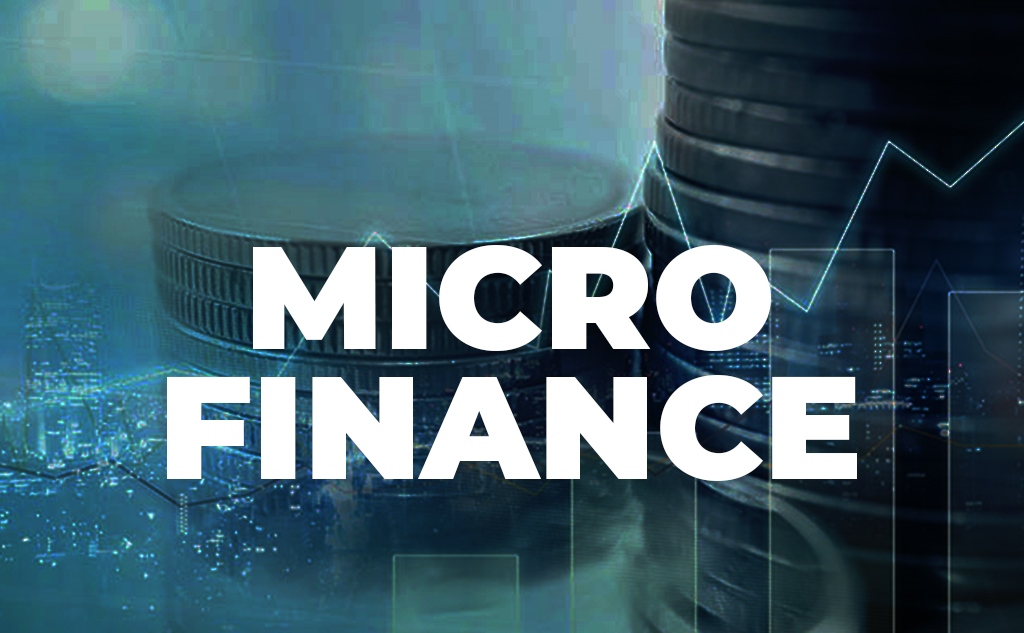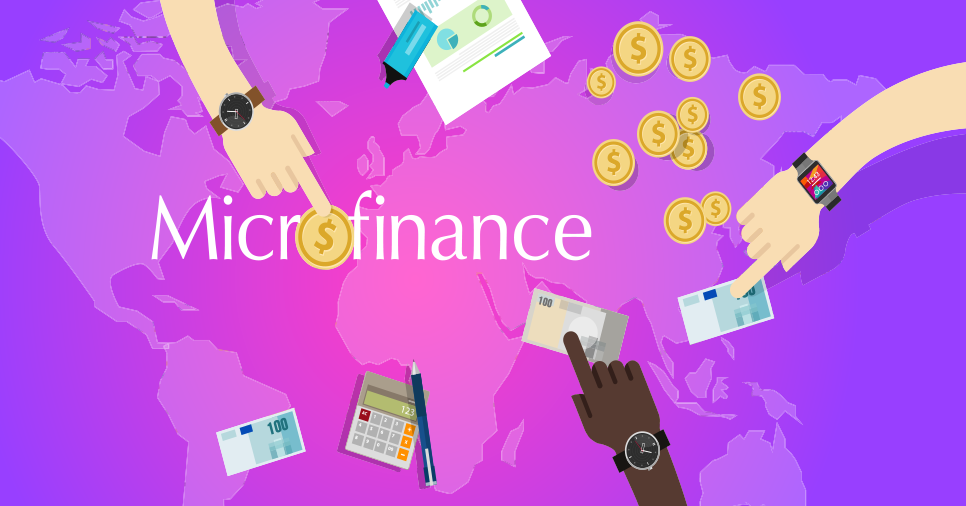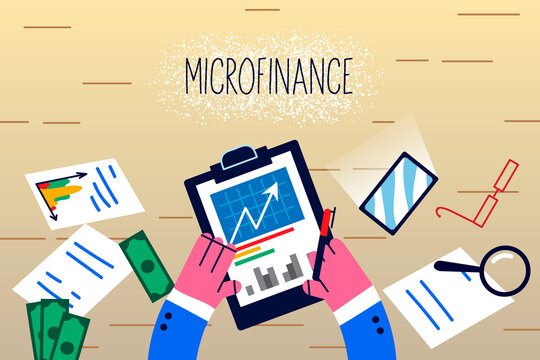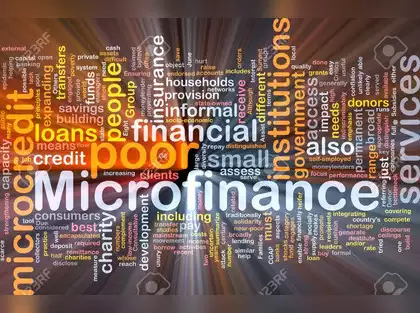MFI stands for Microfinance Institution. Microfinance refers to financial services, such as loans, savings, and insurance, provided to low-income individuals or groups who typically lack access to traditional banking services. MFIs are organizations that specialize in providing these financial services to the economically disadvantaged, often in developing countries. They play a crucial role in promoting financial inclusion and empowering individuals to improve their livelihoods through access to credit and other financial tools.
The Genesis of Microfinance

Microfinance emerged in the 1970s as an innovative approach to combat poverty by extending small loans to entrepreneurs and small businesses in developing countries. The concept gained momentum in the 1980s and 1990s, championed by pioneers like Muhammad Yunus, whose Grameen Bank in Bangladesh demonstrated the transformative impact of providing financial services to the poor.
MFIs are the backbone of the microfinance sector. These institutions come in various forms, ranging from non-profit organizations and cooperatives to for-profit entities and banks. Regardless of their structure, MFIs share a common objective: to provide financial products and services tailored to the needs of low-income individuals and communities.
MFIs operate under diverse legal and regulatory frameworks, influenced by factors such as national policies, market conditions, and social objectives. Some MFIs operate as standalone entities, while others function as part of larger financial networks or alliances. Additionally, MFIs may specialize in specific sectors or target populations, such as agriculture, women, or rural communities.
Services Offered by MFIs

The services offered by MFIs go beyond conventional banking. While microcredit, or small loans, remains a cornerstone of their offerings, MFIs also provide savings accounts, insurance products, and financial education. By offering a suite of financial services, MFIs empower clients to manage risks, accumulate savings, and invest in income-generating activities, thereby fostering economic resilience and stability.
Microfinance services typically include
- Microcredit: Small loans provided to entrepreneurs and small business owners to start or expand their businesses. These loans are often collateral-free and have flexible repayment terms tailored to the borrowers’ cash flows.
- Savings Accounts: MFIs offer safe and accessible savings accounts, encouraging clients to save money regularly. Savings products may include features like interest earnings and withdrawal flexibility.
- Insurance: MFIs provide insurance products to protect clients against unexpected events such as illness, death, or crop failure. Insurance coverage helps mitigate financial risks and safeguards livelihoods.
- Financial Education: MFIs offer financial literacy training to empower clients with essential knowledge and skills to make informed financial decisions. Topics may include budgeting, debt management, and entrepreneurship.
Target Clientele
MFIs primarily serve individuals and households who lack access to traditional banking services. These clients often reside in rural or underserved areas, where formal financial institutions are scarce or inaccessible. Additionally, MFIs prioritize women, who comprise a significant portion of their clientele. By targeting women, MFIs aim to promote gender equality and empower women as drivers of economic development.
Impact and Challenges
The impact of MFIs extends beyond financial metrics. Studies have shown that access to microfinance can lead to improved household welfare, increased entrepreneurship, and enhanced social inclusion.
However, MFIs also face challenges, including sustainability concerns, high operating costs, and the need to balance financial viability with social objectives.
The Future of Microfinance

As the landscape of financial services evolves, MFIs continue to adapt and innovate. Technological advancements, such as mobile banking and digital payments, present new opportunities to reach underserved populations efficiently.
Moreover, partnerships with fintech firms and mainstream financial institutions enable MFIs to leverage their expertise while expanding their outreach and impact.
Conclusion
Microfinance Institutions play a vital role in promoting financial inclusion and economic empowerment worldwide. By providing tailored financial services to the underserved, MFIs enable individuals and communities to break the cycle of poverty, achieve self-reliance, and build a better future. As the microfinance sector evolves, the commitment to serving the needs of the marginalized remains steadfast, driving positive change on a global scale. Through collaboration, innovation, and a steadfast commitment to social impact, MFIs continue to pave the way towards a more inclusive and equitable financial landscape.
